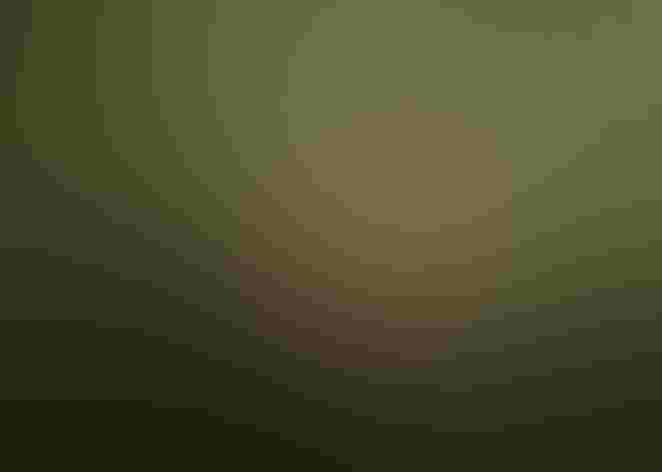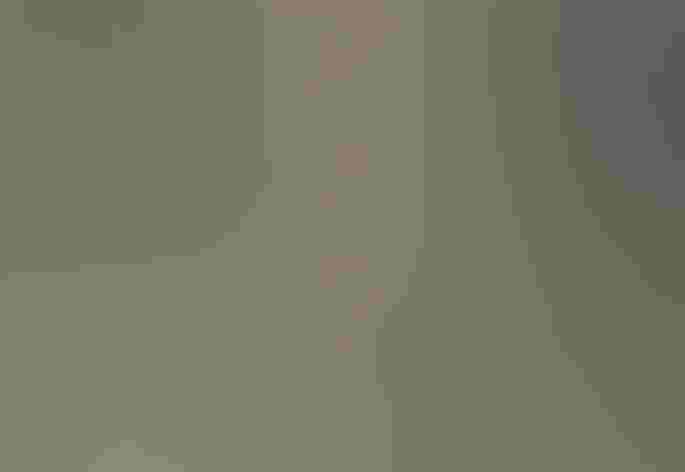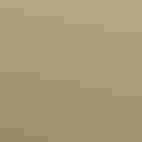Ash-throated Flycatcher
At a Glance
This pale flycatcher is common and widespread in arid country of the west. Like its close relatives, it nests in holes in trees. However, because it lives in dry terrain where trees are often small or scarce, it will resort to other sites; nests have been found in such odd places as exhaust pipes, hollow fence posts, mailboxes, and even in trousers hanging on a clothesline.
All bird guide text and rangemaps adapted from Lives of North American Birds by Kenn Kaufman© 1996, used by permission of Houghton Mifflin Harcourt Publishing Company. All rights reserved.
Category
Perching Birds, Tyrant Flycatchers
IUCN Status
Least Concern
Habitat
Desert and Arid Habitats, Fields, Meadows, and Grasslands, Forests and Woodlands, Shrublands, Savannas, and Thickets
Region
California, Florida, Northwest, Plains, Rocky Mountains, Southeast, Southwest, Texas, Western Canada
Behavior
Direct Flight, Flitter, Hovering
Population
10.000.000
Range & Identification
Migration & Range Maps
Withdraws from most of United States range in fall, but some spend the winter in southwestern Arizona and southern California. A few wander east as far as Atlantic Coast almost every year, mostly in late fall.
Description
8" (20 cm). Very pale gray throat grades into whitish chest, then pale yellow belly. From below, notice pattern of reddish and dark brown in tail (with dark brown along outer edge spreading out more at tip of tail). Voice is an important clue.
Size
About the size of a Robin, About the size of a Sparrow
Color
Brown, Gray, Red, White, Yellow
Wing Shape
Rounded
Tail Shape
Notched, Rounded, Square-tipped
Songs and Calls
Purreeeer, similar to call of Brown-crested Flycatcher but softer. Also a soft ka-brick.
Call Pattern
Falling, Flat
Call Type
Chirp/Chip, Trill, Whistle
Habitat
Semi-arid country, deserts, brush, mesquites, pinyon-juniper, dry open woods. Found in a wide variety of lowland habitats, usually open and rather arid, avoiding mountains and forests. Often most common in mesquite groves, pinyon-juniper hillsides, and other open woods, it may live in wide-open grassland if nest sites are available. In winter, found along dense desert washes.
Sign up for Audubon's newsletter to learn more about birds like the Ash-throated Flycatcher
Behavior
Eggs
4-5, sometimes 3-7. Creamy white, blotched with brown and lavender. Incubation is by female only, about 15 days.
Young
Both parents bring food for nestlings. Age of young at first flight about 14-16 days; parents feed young for at least several days after they fledge. Often raises 2 broods per year.
Feeding Behavior
Forages mostly by flying out from a perch to hover and pick insects from foliage. Sometimes takes insects from trunks or branches, or from the ground; seldom catches them in mid-air. Usually feeds low. Will perch in shrubs or cactus to feed on fruits.
Diet
Mostly insects. Feeds on insects, including caterpillars, beetles, grasshoppers, wasps, true bugs, and flies, also some as large as cicadas. Eats spiders, and rarely small lizards. Also feeds on fruits and berries, including those of desert mistletoe and saguaro cactus. Fruits of elephant-tree may be important in winter diet.
Nesting
Male's song, given in spring to defend nesting territory, is a simple repetition of the usual call notes. Nest site is usually in hole in tree or post, either natural cavity or old woodpecker hole, 2-25' above the ground. In its range, often uses old holes made by Ladder-backed Woodpecker. Also will use holes in giant cactus or in agave stalks, and such sites as birdhouses, metal drain pipes, old Cactus Wren nests, and others. Nest (built by both sexes) is a mass of weeds, grass, twigs, rootlets, lined with softer material such as hair and feathers.
Conservation
Conservation Status
Numbers in the United States are apparently stable or possibly increasing. Will use nest boxes put out for bluebirds, and may be benefiting from "bluebird trails" in the west.
Climate Threats Facing the Ash-throated Flycatcher
Choose a temperature scenario below to see which threats will affect this species as warming increases. The same climate change-driven threats that put birds at risk will affect other wildlife and people, too.







